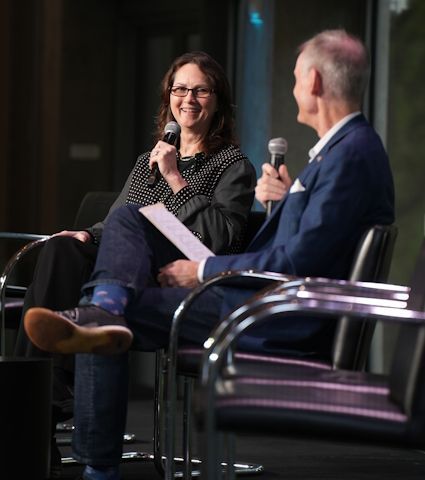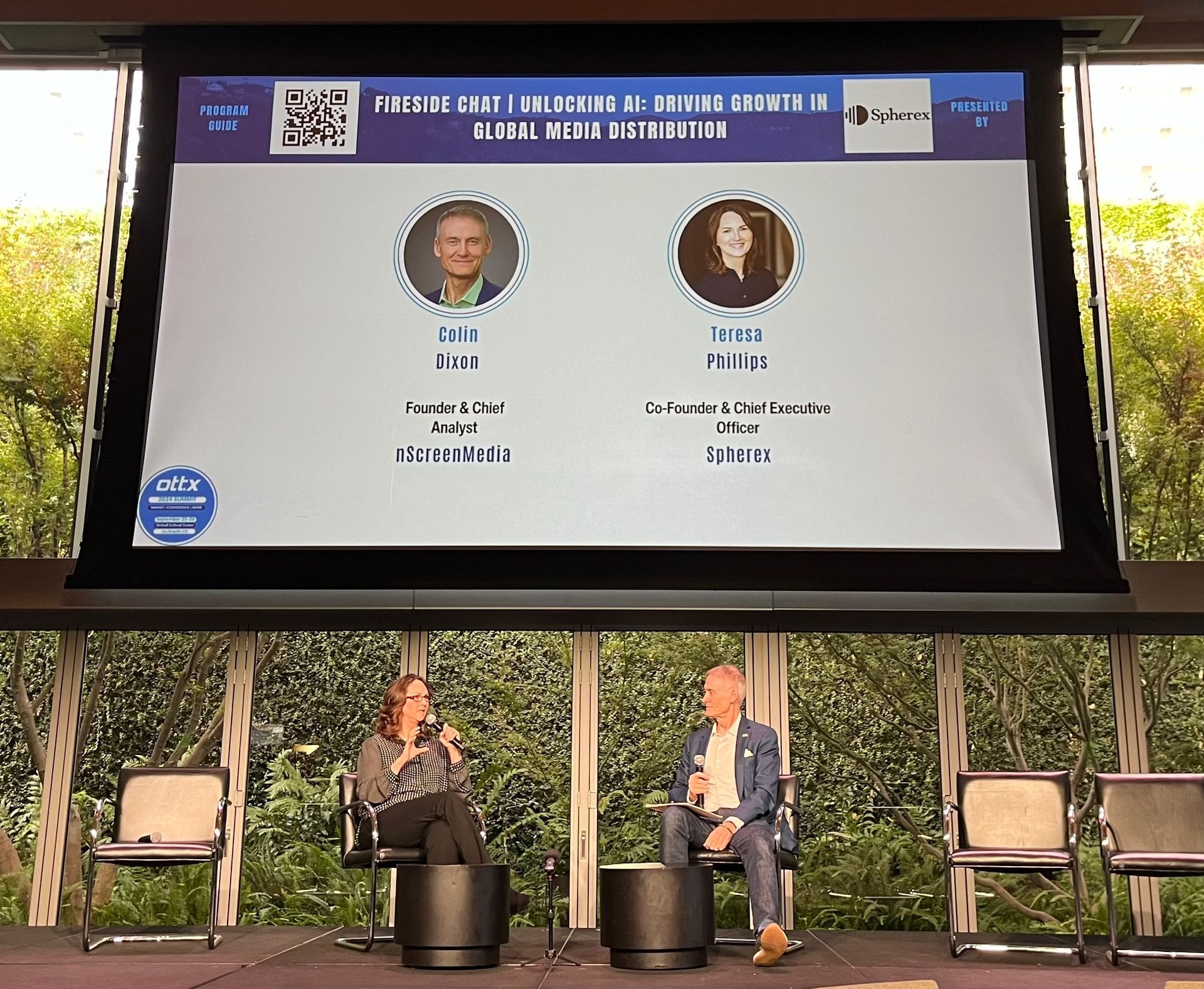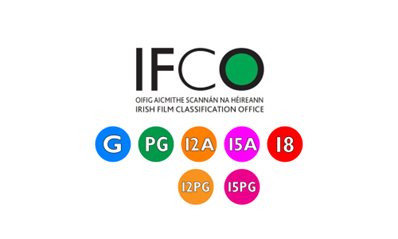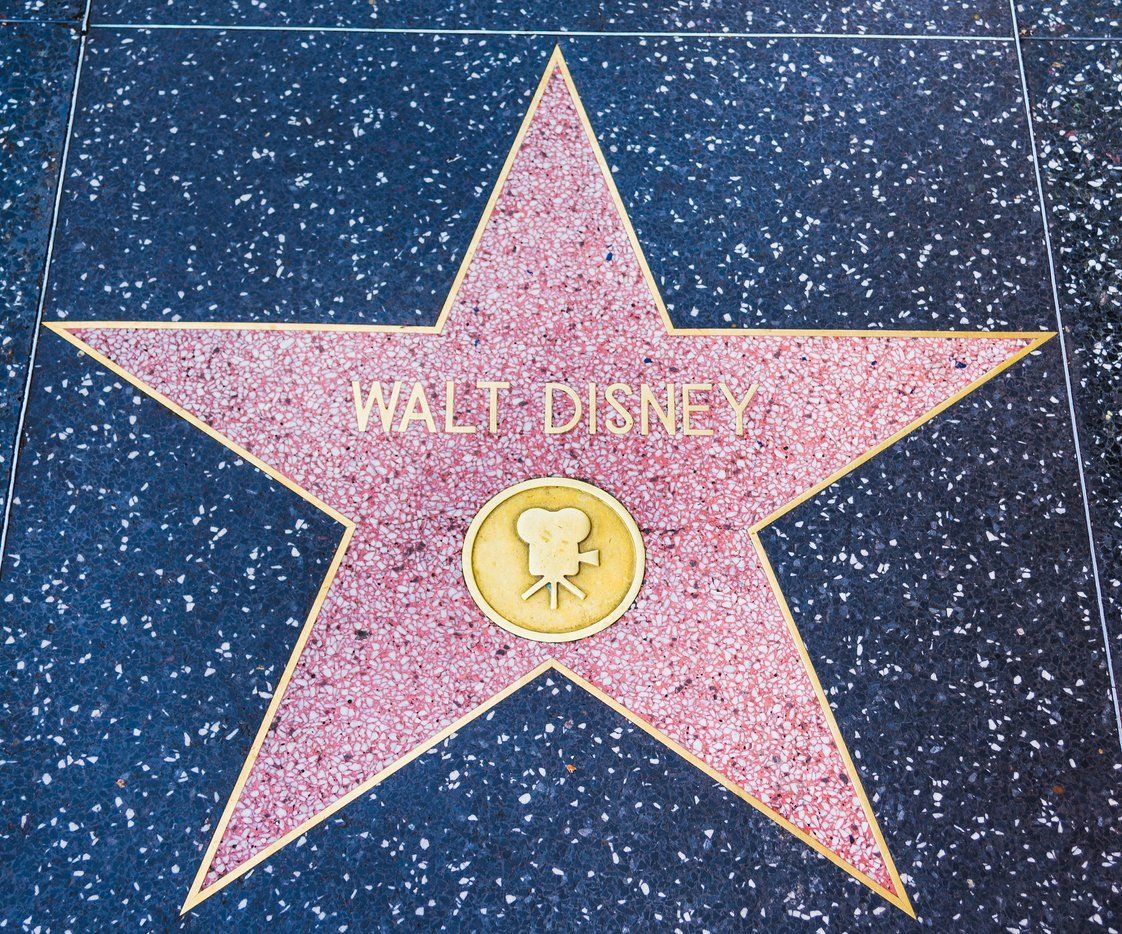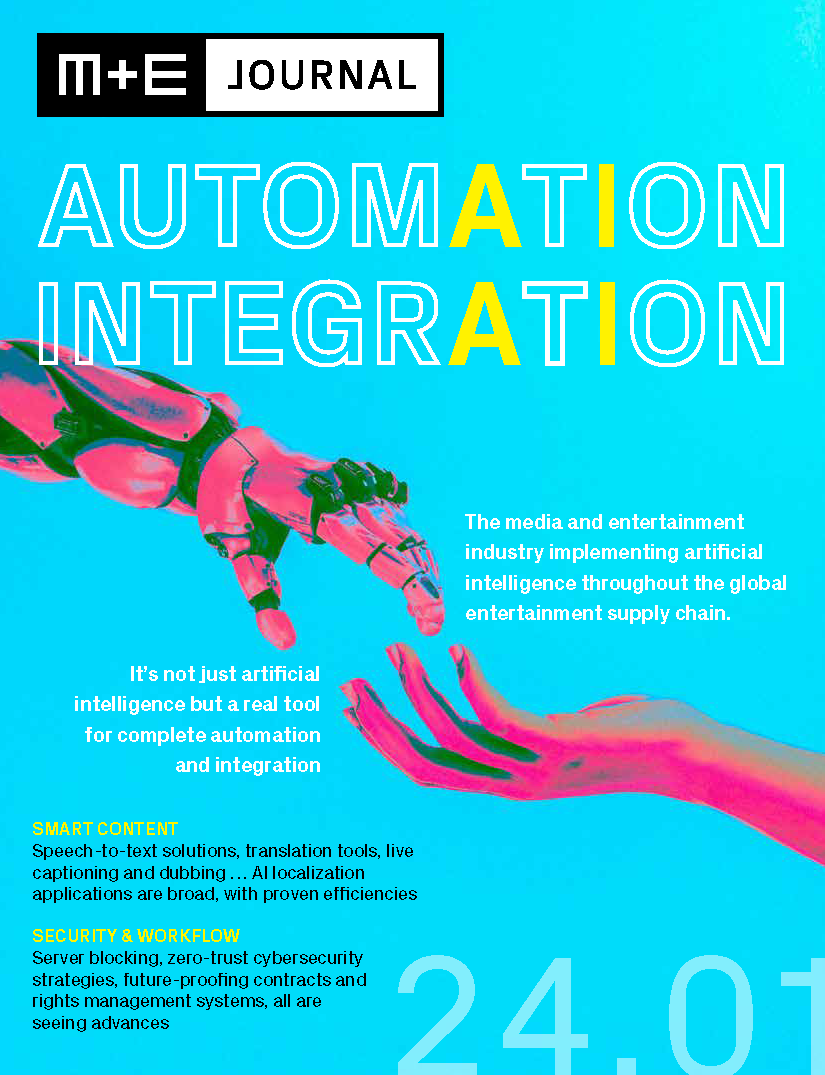Disney: A Journey of Inclusion
When people think of Disney, they reminisce about movies that defined their childhood, flying like Peter Pan, swimming through coral reefs like Ariel, or even grabbing a feather and “flying” like Dumbo. Disney brings magic to life on and off screen, and parents are more than happy to buy a costume or toy, so their children further enjoy a favorite Disney story.
But even fiction contains some fact, and several earlier Disney films have not aged well. These movies recently sparked public ridicule and scrutiny, and Disney is taking steps to change handling representation in its franchise. Some of Disney’s older films, such as “Peter Pan” (1953) and “Dumbo” (1941), now include a 12-second disclaimer at the beginning before users can stream the films on Disney+. Viewers cannot skip this disclaimer .
“This program includes negative deceptions and/or mistreatment of people or cultures. These stereotypes were wrong then and are wrong now. Rather than remove this content, we want to acknowledge its harmful impact, learn from it and spark conversation to create a more inclusive future together. Disney is committed to creating stories with inspirational and aspirational themes that reflect the rich diversity of the human experience around the globe.”
Users are also invited to log on to Disney’s “ Stories Matter ” website, where they are greeted by pictures and videos of different people—all of whom deserve a happily ever after!
“Because happily ever after doesn’t just happen. It takes effort. Effort we are making.” The site claims.
The site provides examples of controversy in its films, paired with screenshots from the respective movies. Disney asserts it wants to “embrace each other’s stories…embrace possibility. And that’s why [the company is] committed to doing the best [it] can do to represent communities authentically.”
While some are pleased Disney has taken this step, others remain skeptical, citing the Warner Bros’ disclaimer it has been using for years.
Dumbo (1941)
Everyone loves the story of the small elephant who uses his large ears to fly around the circus tent, with the help of his mouse friend and a magic feather. But during the song “When I See an Elephant Fly,” Dumbo meets a group of black crows, led by Jim Crow—an obvious link to the United States’ Jim Crow laws of the 19 th and 20 th century. In another song, “The Song of the Roustabouts,” Black circus laborers sing, “when we get our pay, we throw our money away.” The song lyrics are unsettling because of their spotlight on issue of wage theft, and the Black workers are also portrayed without faces.
According to The Fresno Bee , Disney+’s warning for films like “Dumbo” is overdue, if awkward. The film was the shortest made Disney film of its time, and was primarily made to recoup the financial losses of its near predecessors “Fantasia” and “Pinnochio.” The National Film Registry chose to preserve the film in 2017, claiming it is “culturally, historically, and aesthetically significant.” Even so, the more controversial animal characters, such as Jim Crow and Timothy Q. Mouse, were not included in the 2019 remake.
Peter Pan (1953)
We all remember dreaming of Neverland, the place where children never have to grow up. But just because the film’s protagonist has a permanent childlike innocence does not mean moviemakers and viewers must adopt one. In the film, Native people are painted in a very negative and stereotyped way. Peter and the Lost Boys bring the Darling children to visit the Neverland tribe “that reflects neither the diversity of Native peoples nor their authentic cultural traditions.” They don headdresses, dance around a fire, and make noises with their mouths and hands that do nothing to endear their characters to the audience.
According to the Evening Standard , Shannon O’Loughlin, the executive director of the Association on American Indian Affairs , asserted Disney’s portrayal of Native Americans “is indicative of how invisible Native Americans are and how no one really understands who Native Americans are, except for caricatures of them. … It is hard for many Americans, let alone people around the world, to understand there are 574 federally [recognized] tribes in the United States. … Those histories are not well understood and are not well portrayed.”
Movies like “Peter Pan,” “Dumbo,” and “Pocahontas” have been held under the collective microscope for a long time, but recent political upheaval has renewed critics analyses. Representatives such as O’Loughlin are even calling for Disney “to hand over some of the profits” from its films that portray Native Americans.
By calling out Disney’s late films’ negative portrayals of Native and Black people, users have taken up the critic’s cap and have been met with success. Disney has finally put a disclaimer on its earlier films and works to make its current films more inclusive.
Moana (2016)
A shining example of Disney’s “new and more progressive golden age,” “Moana” embraces feminism and multiculturalism. The titular character is playfully called a princess by the demigod Maui, but she is quick to correct him that she is the daughter of the chief—a different title.
While there are some points of contention in the film (lumping all of the Polynesian Islands together, the inclusion of Hawaiian hula dancing) it has been widely embraced for its realistic portrayal of the human body, casting nearly an entire Polynesian voice cast, and how there was no question if Moana would inherit her father’s role as chief, but when.
As for the demigod Maui, he went through many incarnations before he sprang to life on the big screen. His final persona is thanks to the Oceanic Story Trust, a group of Pacific Islanders who specialize in history, linguistics, and culture. According to Vanity Fair , John Lasseter told his team “the project would not go any further until [they] actually went to Polynesia” and did their due diligence to make “Moana” culturally accurate.
Frozen 2 (2019)
One of the more recent steps Disney has taken toward inclusion and feminism is its “Frozen” franchise. The second installment, “Frozen 2,” thrilled fans all over the globe, but most notably the Sami people in northern Europe. The Northuldra people, who live in the forest near Arendelle, are based off the Sami people, and Disney wanted to make sure the clothes and songs they loved so much were represented accurately. The movie’s team “made an effort to sign a contract with Sámi leaders in order to affirm their culture. The Frozen 2 team — including Jennifer Lee, Chris Buck, and Peter Del Vecho — sought expert advice in order to portray Indigenous culture in the most respectful way possible.”
Credit: International Sami Film Institute
“We felt they really listened and that it was very important to them to do this right,” Anne Lajla Utsi, managing director of the International Sámi Film Institute, told Reuters . Disney is making a concerted effort to better its brand and overall viewer experience through inclusion and expert research.
The post Disney: A Journey of Inclusion appeared first on Spherex.
Share this post
Related Posts

